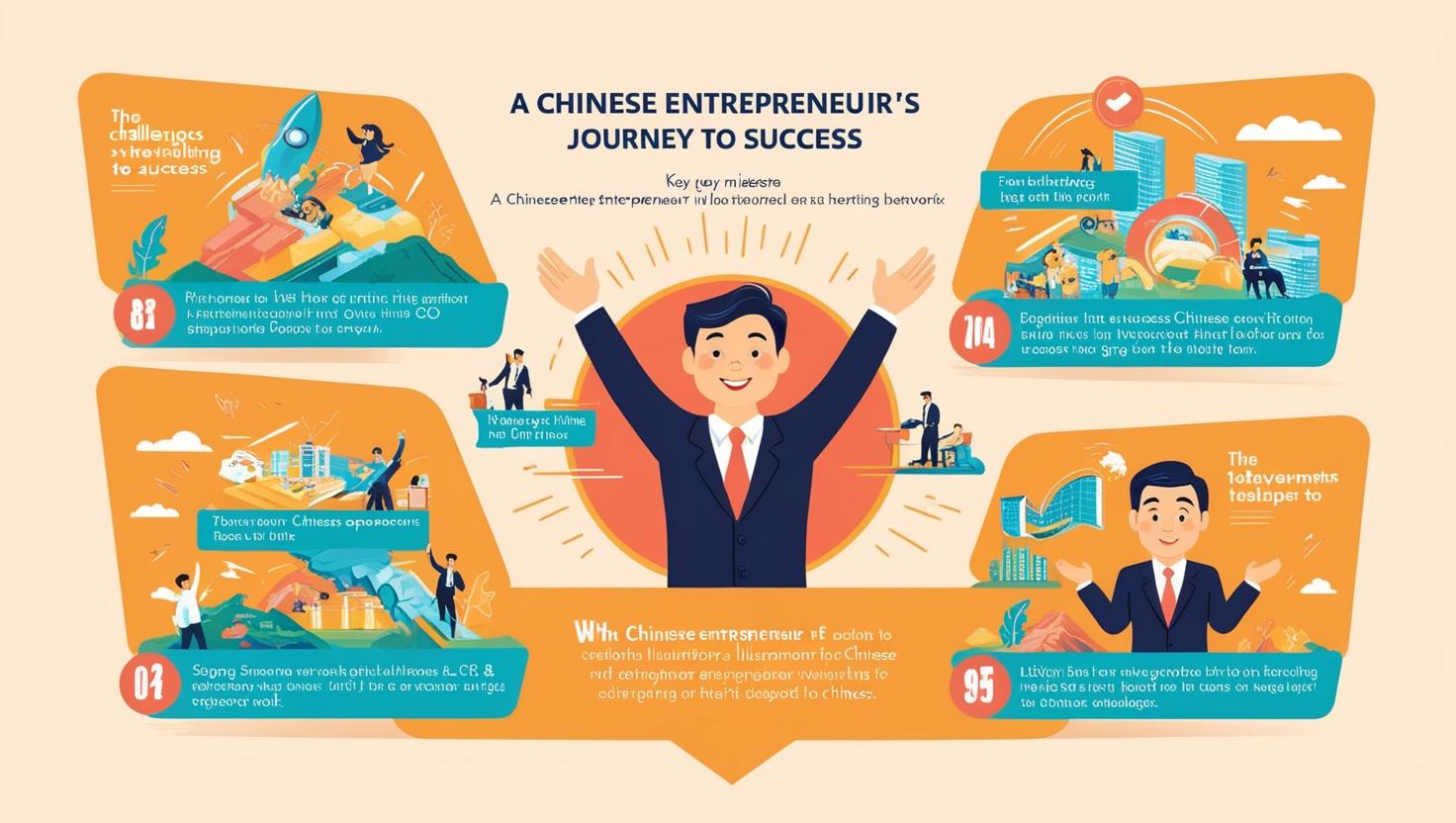Marketing in China is one of the most exciting and successful stories in the world. China has a unique culture, a large population, and a growing economy. These things make it a special place for creative and smart marketing ideas. StoryOne is about how marketing in China has grown and taught global brands valuable lessons.
This article explains the important parts of Chinese marketing, its strategies, success stories, and why it is different from marketing in other countries.
The Basics of Chinese Marketing
Understanding the Chinese Market
The Chinese market is very big and has many different types of customers. There are over a billion people in China, including people of all ages, income levels, and cultural backgrounds.
Chinese people care about trust and relationships when they pick a brand. Companies that understand this usually do well. Local traditions, special holidays, and cultural values also affect how people buy things.
The Growth of the Digital Age
China’s digital age has changed marketing completely. China has the most internet users in the world, giving companies many chances to market online. Platforms like WeChat, TikTok (called Douyin in China), and Alibaba are very popular.
Mobile payment systems, like Alipay and WeChat Pay, also make shopping easy. People use their phones to shop and connect with brands. Mobile marketing has become a key part of China’s success.
Top Marketing Ideas in China
Localized Campaigns
Brands in China focus on local culture. They change their products, services, and ads to fit the traditions and preferences of Chinese people. For example, during the Lunar New Year, many companies make special campaigns and products to celebrate the holiday.
Influencer Marketing
Influencers are very important in China. They are called Key Opinion Leaders (KOLs). Chinese people trust these influencers because they feel real and relatable. Brands work with KOLs to promote their products, and this helps them reach more customers.
Social Commerce
In China, social media and online shopping are closely connected. Apps like WeChat and Xiaohongshu (Little Red Book) let people shop, read reviews, and share products with friends—all in one place.
Live streaming is another big trend. Influencers or celebrities host live shopping events, showing products and answering questions in real-time. This makes shopping exciting and fun for customers.
Chinese Marketing Success Stories
Alibaba’s Singles’ Day
Singles’ Day happens on November 11. It is the world’s biggest online shopping event, started by Alibaba. Through discounts, promotions, and partnerships, Alibaba makes billions in sales every year on this day.
Pinduoduo’s Group Buying Model
Pinduoduo is an online shopping app that became famous for its group buying feature. People can join with friends or family to get discounts. This idea mixes socializing with shopping and makes it more enjoyable.
Luckin Coffee’s Growth
Luckin Coffee became popular in China’s competitive coffee market by using smart marketing. It gave big discounts and made ordering coffee easy through its app. By focusing on technology and delivery, Luckin Coffee attracted young and tech-savvy customers.
Culture’s Role in Chinese Marketing
The Power of Festivals
Chinese festivals like Lunar New Year, Mid-Autumn Festival, and Dragon Boat Festival are very important. Companies make special campaigns and products to match the festive mood. For example, brands create gift boxes and limited-edition items during these celebrations.
Symbols in Marketing
Symbols and numbers are very meaningful in Chinese culture. For example, the number eight is lucky because it sounds like the word for wealth in Chinese. Colors like red and gold are also popular because they bring good fortune. Brands use these symbols to attract customers.
Technology in Chinese Marketing
Using AI and Big Data
Chinese companies use artificial intelligence (AI) and big data to learn more about their customers. These tools help them predict trends and create personalized ads.
AI chatbots are also common for customer service. They make communication fast and simple.
AR and VR in Marketing
Augmented Reality (AR) and Virtual Reality (VR) are new tools in Chinese marketing. These technologies let people have fun shopping experiences. For example, AR helps people try on makeup or clothes online before buying them.
Global Brands in China
Challenges for International Companies
Many foreign companies face problems when they enter the Chinese market. These include language issues, cultural differences, and strong competition from local brands. Brands that don’t change their strategies often fail.
Success Stories of Global Brands
Some global brands have done very well in China by adapting to the local culture. Nike makes campaigns that celebrate Chinese traditions while promoting sports.
Starbucks added tea-based drinks to its menu and designed its stores as places for socializing, which worked well in China.
Why Chinese Marketing is Special
Quick Changes
China’s marketing industry changes fast to match new trends and technology. This helps brands stay ahead of competitors and meet customer needs.
Building Communities
Marketing in China often creates a sense of togetherness. Brands make campaigns that connect people and encourage social interaction.
Lessons from Chinese Marketing
Chinese marketing teaches businesses to understand their customers, be creative, and respect cultural values. These strategies show how brands can connect with people in a meaningful way. By learning from Chinese marketing, companies around the world can improve their success.
